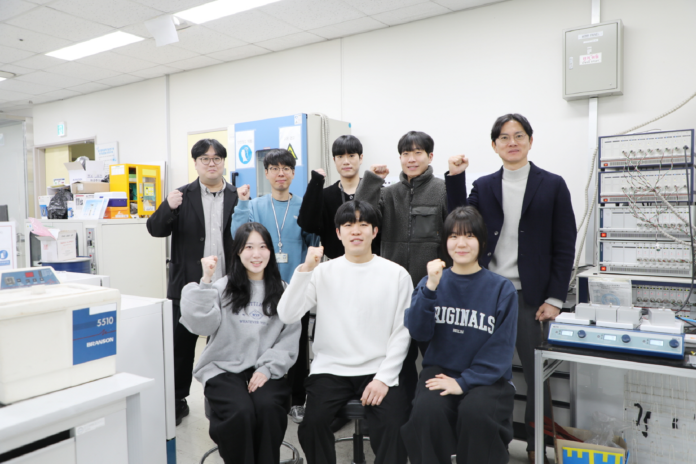A research team at DGIST, led by Principal Researcher Kim Jae-hyun, has developed an innovative lithium metal battery featuring a triple-layer solid polymer electrolyte. This groundbreaking design addresses critical safety and durability challenges in existing batteries, making it a promising solution for applications such as electric vehicles and large-scale energy storage systems. By focusing on fire prevention, dendrite suppression, and prolonged battery life, the team has taken a significant step toward improving the efficiency and safety of energy storage technologies.
Traditional solid polymer electrolyte batteries face limitations due to poor electrode contact and the persistent issue of dendrites—tree-like lithium growths that form during charging cycles. These dendrites can compromise battery connections and lead to dangerous incidents like fires or explosions. The DGIST research team tackled these challenges by creating a triple-layer electrolyte structure with distinct functionalities. The layers integrate advanced materials like decabromodiphenyl ethane (DBDPE) for fire prevention, zeolite for strength, and lithium bis (trifluoromethanesulfonyl) imide (LiTFSI) to enhance ion movement. This multi-layered approach ensures robust mechanical strength, efficient energy transfer, and significantly reduced dendrite formation.
The developed battery demonstrated remarkable durability, retaining 87.9% of its performance after 1,000 charge cycles, compared to the 70–80% retention rate of conventional batteries. Its fire-resistant design further enhances safety, making it suitable for applications ranging from small electronics to electric vehicles. With support from national research programs, this innovation represents a leap forward in energy storage technology. The findings, published in the journal Small, reflect the potential of this battery to revolutionize energy systems by offering safer and more reliable solutions for a variety of industries.







